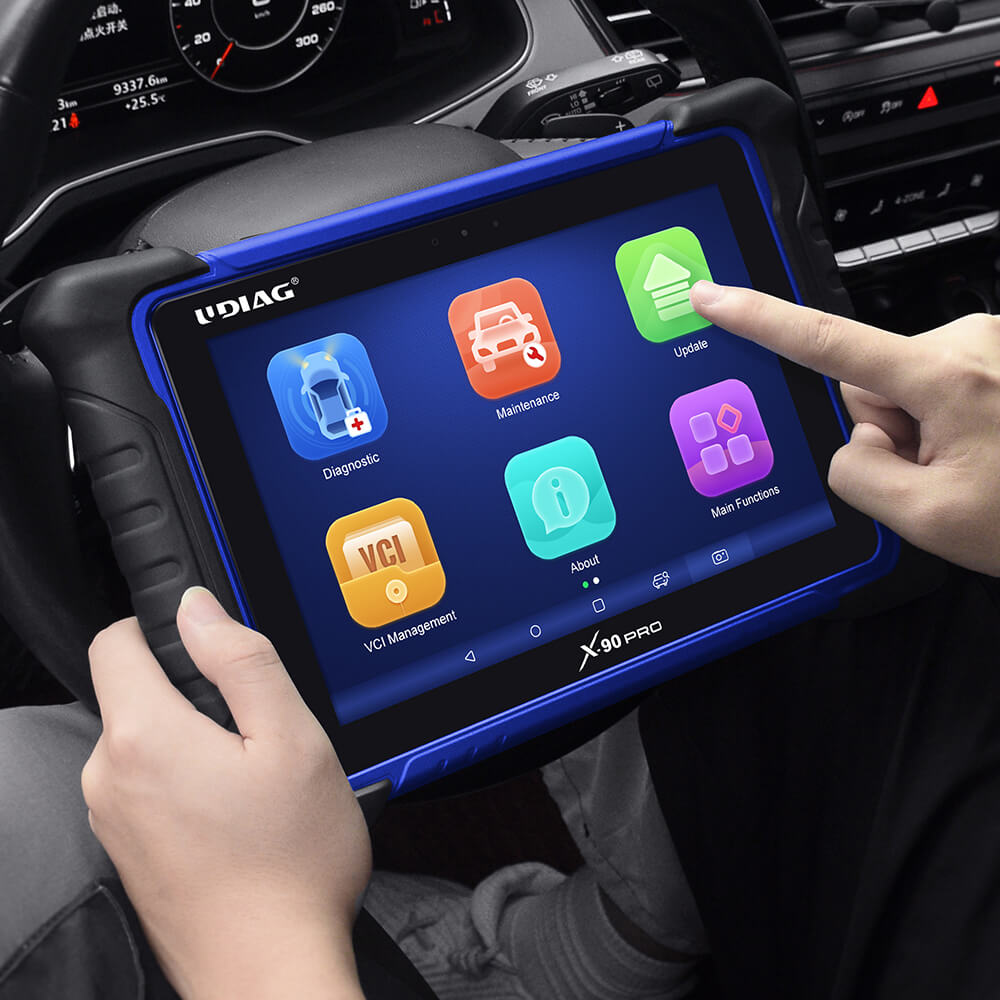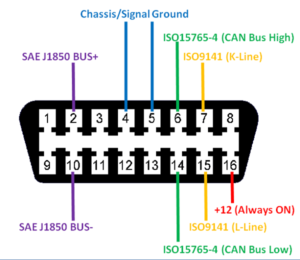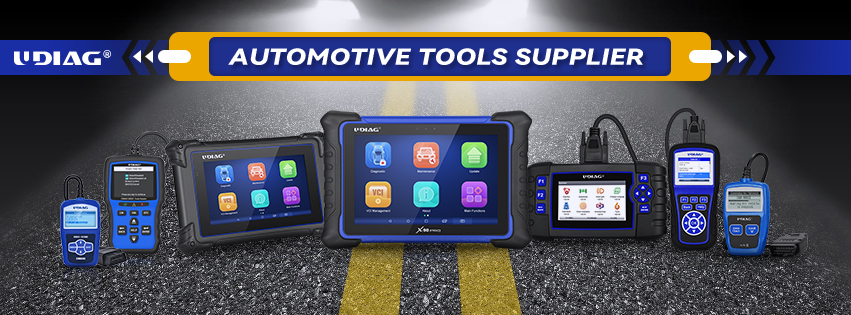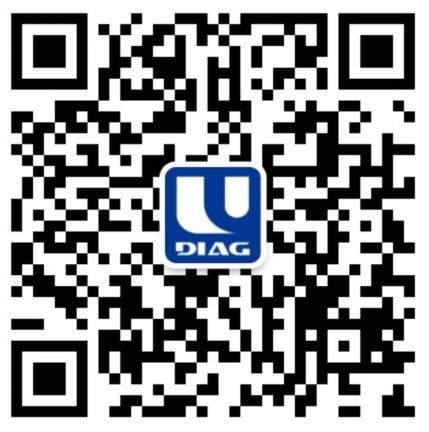Can UDIAG OBD2 Scanners Work on OBD1 Vehicles
2023-03-07 by UDIAG
1. What is OBD on Your Vehicle?
On-board Diagnostics (OBD) is a system in vehicles that enables self-diagnostic, record-keeping, and reporting. This system allows vehicle owners and technicians to access the electronic systems in the vehicle to check their current status and assist with maintenance or repairs. Initially, OBD could only turn on a warning light to indicate that a fault was detected without providing detailed information about the issue. However, as technology advanced, OBD evolved to adopt standard digital communication ports for live data and Diagnostic Trouble Codes (DTC) which provide reliable diagnostic reports.
2. Is it OBD1 or OBD2 on Your Vehicle?
To determine the type of OBD interface installed in your car, there are two methods. Firstly, you can check the label under the hood, which usually indicates the type of OBD your vehicle has. Alternatively, you can use the year of manufacture as a guideline. If your vehicle is a US car manufactured after 1996, a European diesel car manufactured after 2001, a European gasoline car manufactured after 2003, or an Australian car manufactured after 2006, it generally uses OBD2. However, this rule does not apply to all makes and models of vehicles.
3. Can UDIAG OBD2 Scanners Work on OBD1 Vehicles?
UDIAG OBD2 scanners can work on most OBD1 vehicles after 1996 with the help of UDIAG adapters. Although OBD2 uses standard communication protocols, OBD1 systems use different communication protocols defined by different manufacturers. Therefore, the OBD connectors, fault codes, and communications could be significantly different between different OBD1 vehicles. OBD1 diagnostic reports have limitations in terms of diagnostic quality, quantity, and efficiency, making it unsuitable for monitoring real-time gauges or diagnosing complex DTCs.

4. How the OBD2 Scanners Work on the OBD1 Vehicles?
To connect an OBD2 scanner to diagnose OBD1 vehicles, you need tools to adapt the different connectors to the standard OBD2 interface. After loading the proper software, the scanner can read the different sets of OBD1 data and protocols for the vehicles.
5.Which Cars Require Additional Adapters for UDIAG Scanners?
UDIAG OBD2 scanners may require an additional adapter for certain cars:
1) Cars made between 1996-2004 with both OBD1 and OBD2 interfaces. The scanner can diagnose the OBD system through the OBD2 interface, but for other systems, an adapter is necessary to connect the car’s OBD1 interface.
2) All Chrysler cars produced after 2018 require a 12+8 pin adapter.
3) Nissan cars manufactured after 2021.

6.Which Cars are Incompatible with UDIAG OBD2 Scanners?
UDIAG OBD2 scanners are not compatible with:
1) OBD1 cars produced before 1996.
2) Cars using CCD protocol, including some cars made by Maserati, Alfa Romeo, Jeep, Chrysler, Dodge, and Fiat between 1996-2004. To determine if your car uses CCD protocol, check if pins 3 and 11 in the OBD2 interface are not blank.
Please confirm compatibility which may vary depending on the vehicle’s condition with your vehicle’s make, model, VIN, and year using the vehicle coverage checker or by emailing us before purchasing.
UDIAG offers a variety of scanners to work on most vehicles worldwide with OBD2 systems manufactured after 1996. If you are still confused about how to choose UDIAG scanners, and you need a confirmed answer, please don’t hesitate to email the detailed information of your vehicle (model, VIN, and release year) and the specific functions you need to sales@udiagtech.com, our engineers will double check and recommend the most suitable scanners for you.



